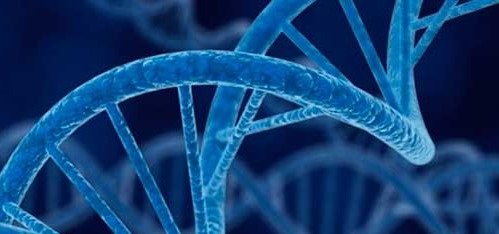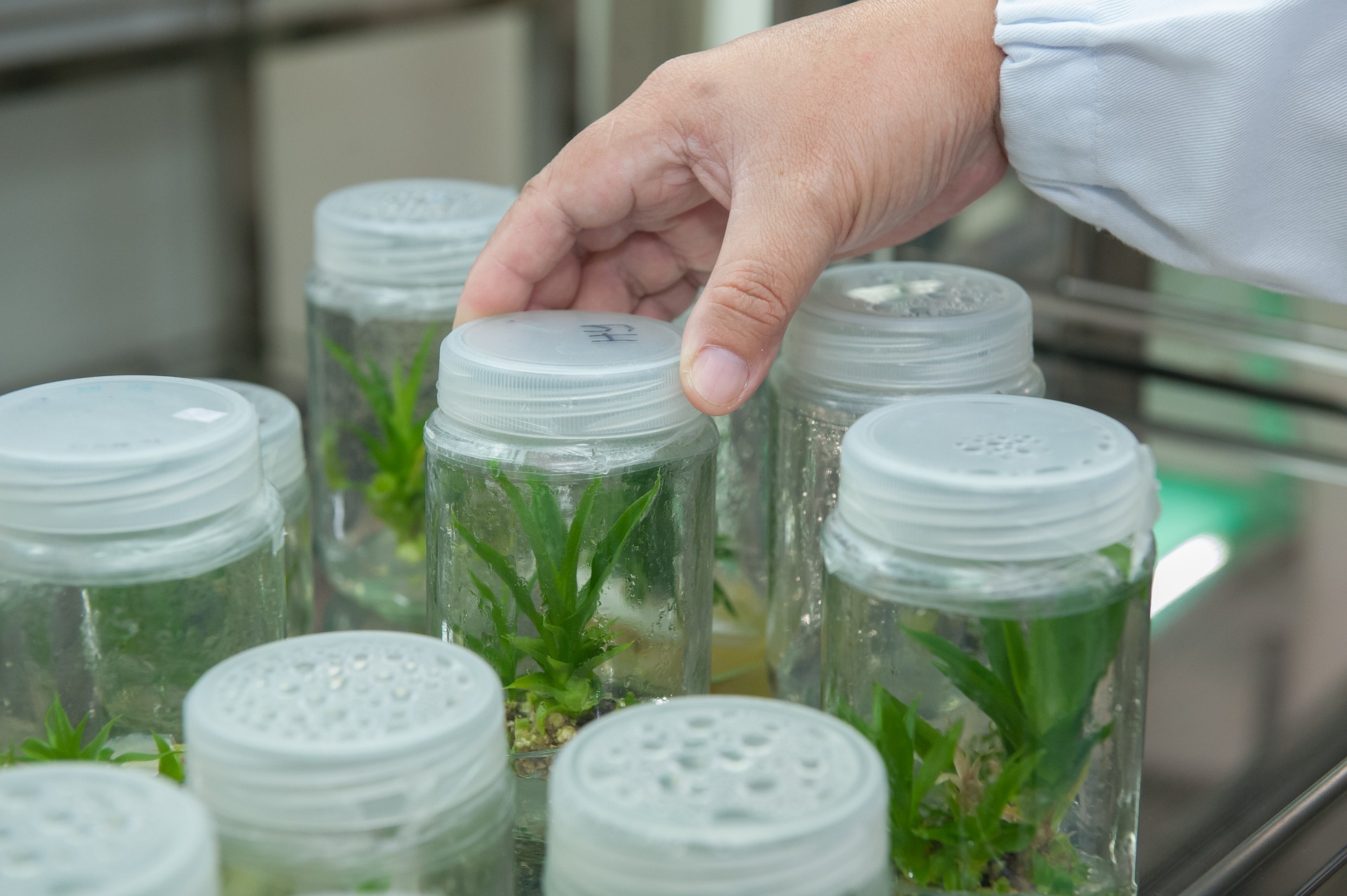 7 August 2018
Intellectual Property Unit / News / News_it/en
0 Comment
7 August 2018
Intellectual Property Unit / News / News_it/en
0 Comment
PATENTS, BIOTECHNOLOGY & ETHICAL ISSUES
Biotechnology covers a wide range of techniques that use living organisms; in particular, the Rio Declaration on Enviroment and Development of 5 June 1992 defines that:
“Biotechnology means any technological application that uses biological systems, living organisms, or derivates thereof, to make or modify products or processes for specific use”.
In other words, biotechnologies concern all those techniques that use or cause organic changes in a biological material, in microorganisms, plants or animals, or cause changes in inorganic materials, using biological means. At present the biotechnology and pharmaceutical industry represents a characterized area by large investments in research and science; in order to protect the results of these works, the legal order prepares a protection system based on patent rights, which grants the inventor an exclusive right to the biotechnological invention.
Specifically, the biological patent consists of a biological invention, concerning, for example, a specific composition of material or a precise process for obtaining a genetic sequence; in other words, we are not talking about a property right linked to a specific tangible asset, like a DNA sequence, but rather a monopolistic protection on the use of an invention related to a product or process. In light of above, one of the most complex debates on this topic concerns, in fact, the possibility of extending patent protection also to a natural biological substance in itself, regardless of any specific associated procedures.
From this point of view, a decisive legislative contribution comes from the United States of America, with the case of 1980 Diamond vs Chakrabarty, about the possible patentability of a microorganism that does not exist in nature and is produced through genetic engineering. In particular, the Court established that it was susceptible of patenting “anything under the sun made by man“, identifying human intervention as the key element to distinguish patentable inventions from the non-patentable “principles of nature and natural phenomena“. Since that decision, in the United States, during the following years, a lot of patents, relating to inventions based on materials or genetic information, were granted. In 2001, the US Patent and Trademark Office published the “Utility Examination Guidelines”, confirming the position according to which genome-based inventions are patentable on condition that human intervention is sufficient to meet the “made by man” standard dictated in the Chakrabarty decision.

Outside the United States of America, there has been a general opposition to the patentability of genetic material. In Europe, some countries have excluded or circumscribed the patentability of existing genes in nature; however, in 1998, the European Union adopted a directive on biotechnological inventions (Directive 98/44/EC of the European Parliament and of the Council of 6 July 1998on the legal protection of biotechnological inventions). Inspired by the principle of harmonization ex art. 100 of the EU Treaty and characterized by an introduction of 56 “Whereas”, this directive assumes that biotechnology is acquiring an ever-increasing role in many industrial activities and the protection of related inventions will be of fundamental importance for the industrial development of Community. However, the current system of protection appears to be characterized by deep legislative divergences between the various Member States; these disparities create barriers to trade and therefore constitute an impediment to the functioning of the internal market, which runs counter to the principles expressed by the EU Treaty. To reinforce the position expressed through the above mentioned directive is fundamental the reference to the aspects of intellectual property rights concerning the trade and contained in the TRIPs, which provides that patent protection for products and procedures is guaranteed in all fields of technology; last but not least, are underlined some regulatory gaps in the European context, such as the lack, within the rules that regulate the European patent law as the Munich Convention, of prohibitions or exclusions regarding the patentability of biological material. With regard to the object and the limits of patentability in detail, the directive essentially provides that:
- a DNA sequence, a gene, is patentable if its industrial applicability or utility is described;
- a material isolated, such as a gene, can be patented, as well as a pre-existing molecule in nature and of which an isolation method has been discovered;
- in compliance with ethical principles, it is forbidden to patent human cloning procedures, to modify the genetic identity of animals and humans, unless, in the case of animals, substantial medical benefits are found for humans.
From what we have just explained, we can well understand how biotechnology, in all its forms, while opening the doors to ever new ways of improving human life, on the other hand raises thorny moral and bioethical issues; and in this scenario, the patent system is a link between science and law, trying to mitigate the possible conflicts between the right of monopoly and the safeguarding of the public interest, between the right to research and innovation and the right to health.

Emblematic, from this point of view, is the patent policy of India, a country among the leading manufacturers of generic low-cost versions of medicaments and that has adopted a very restrictive legislation on the patentability of new pharmaceutical products. The decision of the Supreme Court of India in the case of Glivecis considered by a lot of people to be of historical significance. After a long legal battle, the Supreme Court rejected the appeal of the Swiss pharmaceutical giant Novartis for the recognition of the patent for a modified oncological medicine named Imatinib mesilate and marketed precisely as Glivec; by this way, it was forbidden the opportunity to “revise” a product that already existed, avoiding its reintroduction on the market as an innovative product and guaranteeing the permanence of the generic at the price of 175 dollars a month compared to Glivec’s 2600 dollars. The Court justified its decision by stating that Novartis has implemented a practice known as “evergreening” and consisting, in fact, in “revitalizing” an existing product and obtaining a new patent, thus continuing to commercialize the medicine in a monopoly regime. The Glivec sentence paved the way for new decisions in this direction, such as the Herceptin pharmaceutical product, an effective tool against aggressive forms of breast cancer; even in this case, the Indian Government has threatened to allow the production of generic and less expensive version of Herceptin. The disputes just presented guarantee the protection of the growing local generics industry and are framed within a broader political season aimed at making medicines affordable for the poorest people in the world; and this objective can be achieved above all through the implementation of much stricter legislation on what should or should not be patented.
As a result of Indian initiatives, other countries such as Brazil, Indonesia and the Philippines have recently adopted similar laws. Noticeable, from this point of view, is the modification of the Brazilian Industrial Property Law, aimed at including art. 229-C, which states that the granting of patents for pharmaceutical products and procedures will depend on the approval of the ANVISA (National Agency for the Protection of Health); as well as the Brazilian patent office, in line with the “Doha Declaration” of 2001 which states that global patent agreements should not overlap public health interests, rejected the patent application submitted by Gilead for the pharmaceutical product Tenofivir Disoproxil Fumurate (TDF), thus aiming to increase access to a key medicine against HIV / AIDS in many developing countries.
With thank to De Tullio&Partners.
Fabiano DE LEONARDIS
Intellectual Property Unit


